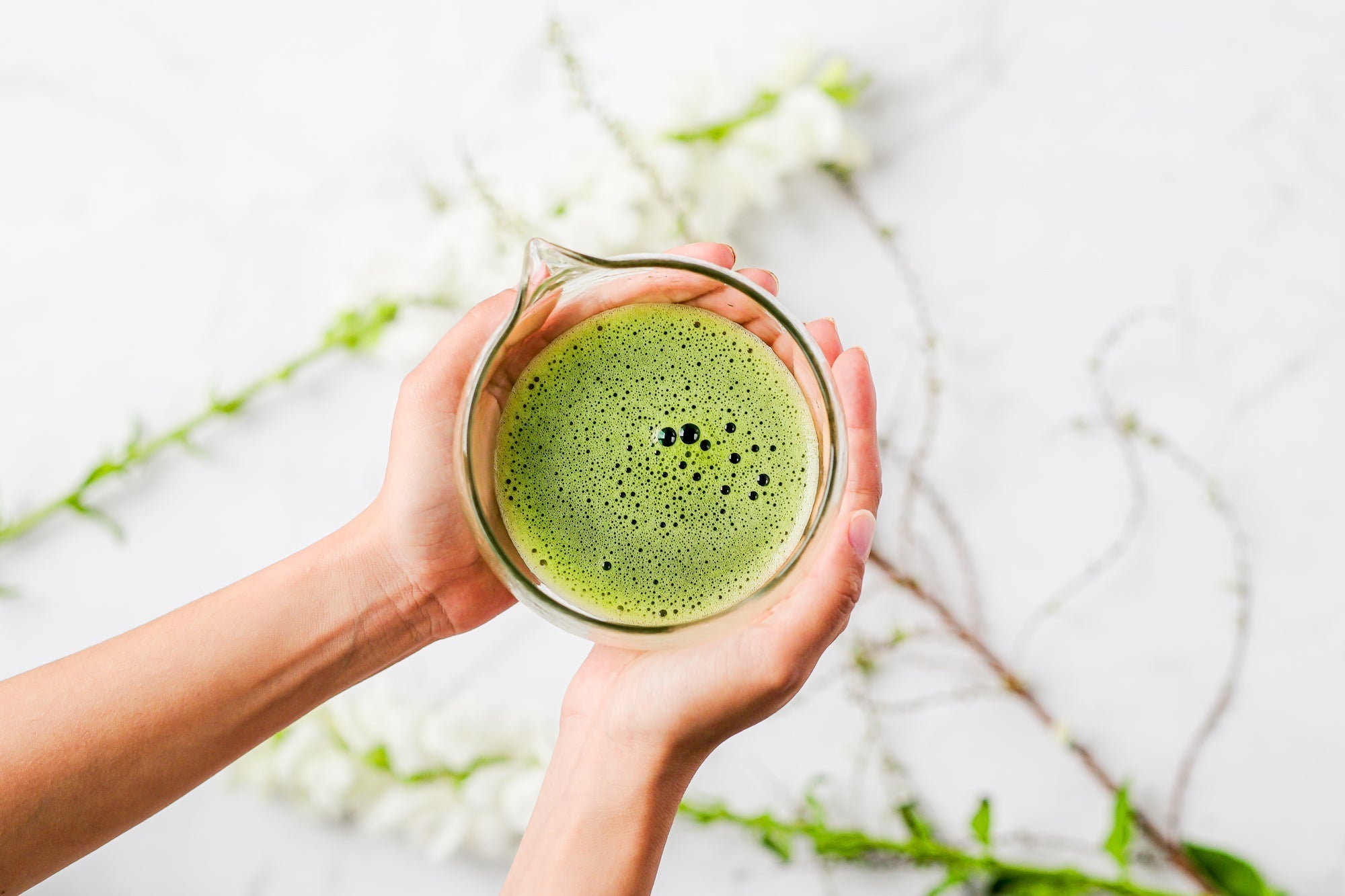Article: About the History of Matcha

About the History of Matcha
History of Matcha
The history of matcha dates back to the Tang Dynasty (618-907) in China. At that time, a popular Chinese method of making powdered matcha was to steam tea leaves, harden them into a hardened “dancha” powder, and then brew it with hot water and drink it. This method was introduced to Japan and developed in its own unique way, giving birth to today's matcha culture.
Introduction and Development in Japan
・Heian Period (794-1185): Introduced by Japanese envoys to the Tang Dynasty
During the Heian period (794-1185), Chinese tea culture was introduced to Japan through Japanese envoys to the Tang Dynasty. Monks such as Saicho and Kukai brought back tea seeds, which were then consumed as part of Buddhist practice.
・Kamakura Period (1185-1333): Popularization by Eisai
In the Kamakura period (1185-1333), Rinzai Zen priest **Yosai** brought back the culture of drinking powdered tea along with tea seeds from the Song Dynasty (960-1279) in China. He wrote “Kucha Yoseiki,” a book about the health benefits of powdered tea, which became popular among the warrior class.
・Muromachi Period (1336-1573): Establishment of the tea ceremony
During the Muromachi period, shoguns such as Ashikaga Yoshimitsu and Ashikaga Yoshimasa protected tea culture, and a tea game using powdered tea called “tocha” became popular. In addition, **Murata Jukou** created the concept of wabicha (wabi tea), and later Sen no Rikyu perfected the tea ceremony.
・Edo period (1603-1868): Popularization among the general public
In the Edo period (1603-1868), the tea ceremony developed widely, and matcha was enjoyed by samurai and townspeople alike. In order to produce high-quality matcha, the technique of “undercover cultivation,” in which matcha is grown under the shade of sunlight, was developed, leading to today's high-end matcha production methods.
・Meiji Period (1868-1912) onward: Popularization of Sencha and Re-evaluation of Matcha
During the Meiji period (1868-1912), sencha became the predominant tea in Japan, and matcha consumption temporarily declined. However, the continuation of the tea ceremony culture and the modern health and beauty boom have brought matcha back into the spotlight.
・The Modern Age: Spreading to the World
In recent years, matcha has been reevaluated as a health food and superfood, and its popularity has skyrocketed overseas. It is incorporated into matcha lattes, smoothies, and sweets, and is widely enjoyed in Western and Asian countries.
Conclusion
Matcha has developed as a uniquely Japanese tea culture and has become a deeply spiritual drink along with the tea ceremony. Today, matcha is loved not only in Japan but also throughout the world, and its history and traditions are still being passed down today.
